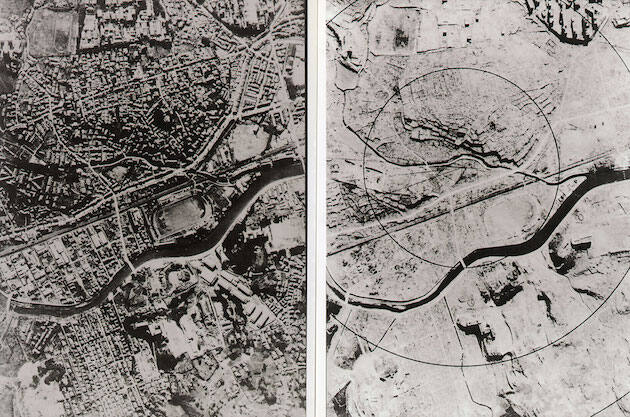Anniversary factoids: What you may not know about Nagasaki and Hiroshima

With this being the 75th anniversary of the use of the first atomic bombs on Hiroshima and Nagasaki, on August 6 and 9, 1945, events we note as bringing an end to World War II, there are many perceptions about the events which are not true.
There are those that think we should never have dropped the bombs, that they represented such a drastic attack, that it makes America inhuman and wrong. But others ask, if not the bombs, what then?
The first misperception is that the attacks on Hiroshima and Nagasaki were the deadliest of the war. In short, they were not. The 40,000 Japanese killed in Nagasaki paled in comparison to the firebombing of Tokyo on March 10, 1945 when more than 90,000, and possibly over 100,000 civilians were killed in a single raid of 279 B-29 Heavy bombers. Over a million were left homeless. The US lost 14 aircraft and their crews.
The second misperception was the cost of the Manhattan Project in terms of life and money. The development of the aircraft that dropped the bomb cost more money and lives than was spent on the development of the bomb itself. That includes both bombs, the uranium bomb and the plutonium bomb. It was not that the bombs were easy. They were not. However, nobody had ever built an aircraft designed to be flown at 30,000 feet, with the speed of pressurized Japanese fighter planes. This meant the machine gunners just could not hang out the windows.
The number of test pilots and others that lost their lives when something went wrong made the B-29 one of the most expensive aircraft ever built, and in many cases, there were no prototypes. Colonel Paul Tibbets, the pilot of the Enola Gay, which dropped the first atomic bomb, was charged with fixing the B-29. The plane had already killed Boeing’s best test pilots. Recalled from Europe, it was his job to get the airplane to fly before he ever commanded the atomic bomb squadron.

There was a considerable amount of swapping of flight crews and airplanes within the squadron and there was even a little jealousy within the bomb groups. Crews flying bombing runs over Japan were a little miffed that Colonel Tibbets’ crew got the best planes, but never flew missions. As we know now, there were three aircraft of note: Colonel Tibbets’ Enola Gay (named after his mother), Bock’s Car, and The Great Artiste.
Most people know that Colonel Tibbets dropped the first atomic bomb on Hiroshima on August 6,, 1945, and they know that Major Bock flew the second atomic bomb, the Fat Man plutonium bomb, over Nagasaki. Few know that we almost lost the aircraft. Owing to a faulty fuel transfer pump, Bock’s Car had to divert to Okinawa, as it could not access all the fuel in its tanks. The Great Artiste was the only aircraft to fly both missions, carrying the machinery to measure and record the explosions.
As usual, we only read part of the history. The Enola Gay is in the Air and Space Museum in Washington DC and Bock’s Car is in the Air Force Museum in Dayton, Ohio. The Great Artiste was actually lost in a crash in Alaska, but if you want to see what it looked like, there is a B-29 painted with all the Great Artiste’s war paint at the main gate at Whiteman Air Force Base just east of Kansas City, Mo. in Knob Noster.
–Bob White is a Kansas City-area resident and history writer for Metro Voice. Read his other stories HERE.






